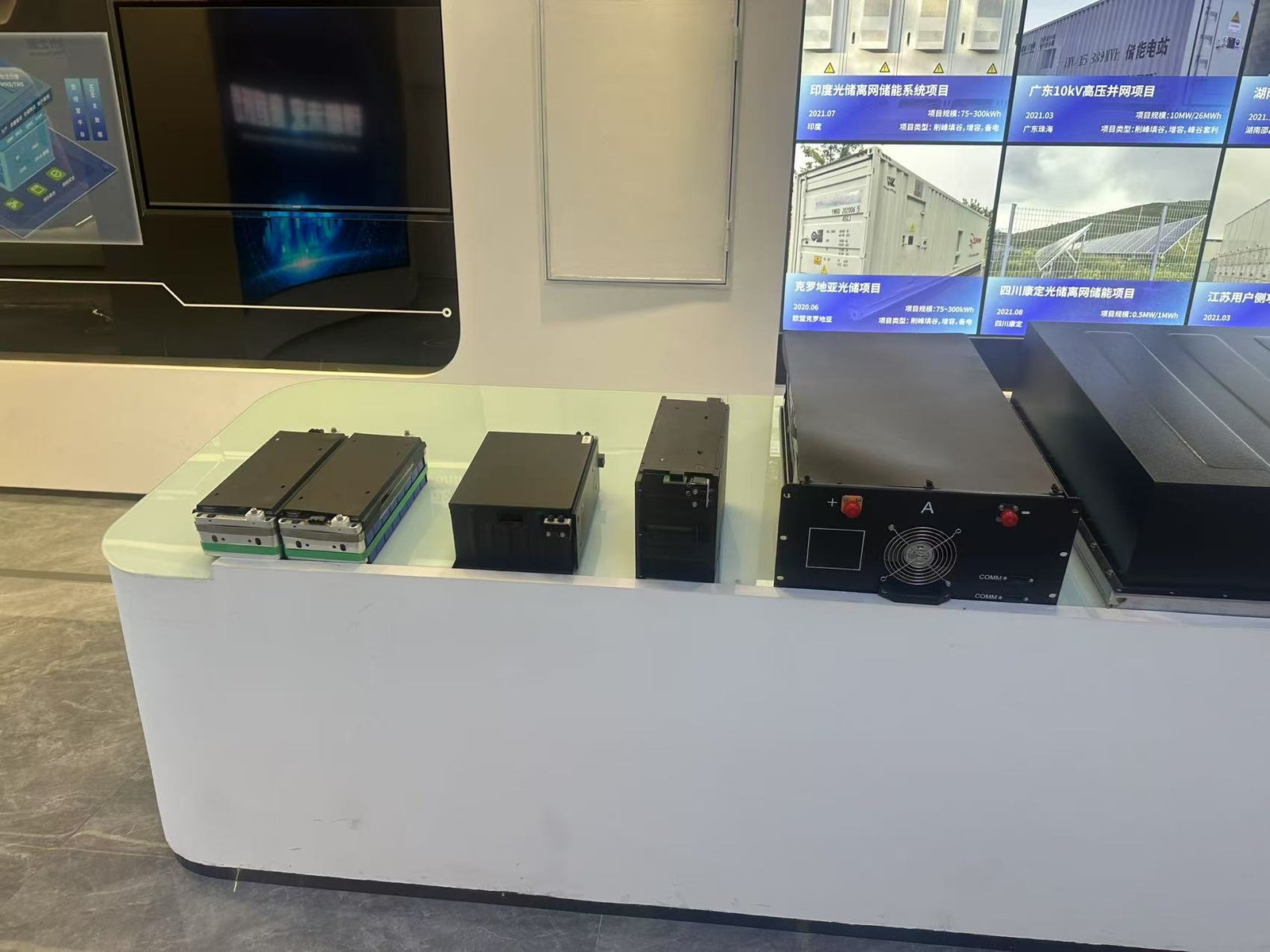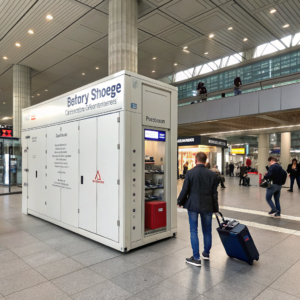Do Solar Panels Work on Cloudy Days? Technology Behind Low-Light Performance
•
Can solar panels really generate power when the sun isn't shining brightly? Many homeowners wonder if their investment will still perform during overcast conditions.
Solar panels do work on cloudy days, typically producing 10-25% of their rated capacity thanks to diffused sunlight penetration and advanced low-light technologies in modern photovoltaic systems.
While output decreases without direct sunlight, today's solar technology has evolved sophisticated ways to harvest energy even in suboptimal conditions - let's examine how this works in practice.
How Do Solar Panels Respond to Diffused and Low-Light Conditions?
What happens to sunlight when clouds get in the way? The physics of diffused light actually creates opportunities for solar panels to keep generating.
Clouds scatter sunlight into diffused radiation that modern solar cells can still convert to electricity, with monocrystalline panels performing particularly well in low-light conditions.
Understanding Low-Light Performance Factors
-
Light Diffusion Mechanics
- Clouds act as natural diffusers
- UV and infrared still penetrate cloud cover
- Panel orientation becomes less critical
-
Performance Comparison by Weather Condition Output % Duration Impact Full Sun 100% Peak 4-6 hours Light Clouds 50-80% Extended generation Heavy Overcast 10-25% Reduced but continuous -
Technology Enhancements
- Anti-reflective coatings boost low-light capture
- Improved temperature coefficients
- Better spectral response to diffused light
"Modern panels can generate useful power even under thick storm clouds - it's not about brightness alone but spectral composition" - Solar Energy Industries Association
Which Solar Panel Types Perform Best on Cloudy Days?
Are all solar panels created equal when it comes to cloudy weather performance? Material science makes some technologies inherently better at low-light harvesting.
Monocrystalline silicon panels outperform polycrystalline in cloudy conditions due to higher purity silicon (18-22% efficiency vs 15-17%), with thin-film being the least effective for diffused light.
Cloudy Weather Performance Breakdown
-
Technology Comparison Panel Type Cloudy Output % Key Advantage Mono PERC 20-25% Best low-light response Standard Mono 15-20% Good balance Poly 10-15% Budget option Thin-Film 5-10% Worst performer -
Why Monocrystalline Excels
- Higher electron mobility
- Better spectral sensitivity
- Lower light-induced degradation
-
Emerging Technologies
- Bifacial panels gain from cloud reflection
- Perovskite cells show promise
- Hybrid solar-thermal systems
Installation Tip: For cloudy climates, prioritize mono PERC panels with >20% efficiency ratings and consider slightly oversizing your system.
How MPPT and Light Tracking Help Maximize Cloudy Day Output
Can solar electronics compensate for lack of sunlight? Advanced system components play a crucial role in squeezing every watt from diffused light conditions.
Maximum Power Point Tracking (MPPT) controllers boost cloudy day output by 10-30% by continuously optimizing voltage, while light-tracking mounts provide smaller incremental gains in overcast conditions.
Optimizing Systems for Low-Light Performance
-
MPPT Technology Benefits
- Dynamically adjusts to changing light
- Extracts power at suboptimal voltages
- Works best with lithium batteries
-
Tracking System Considerations Tracker Type Cloudy Benefit Cost Impact Single-Axis +5-8% Moderate Dual-Axis +8-12% High Fixed-Tilt Baseline Lowest -
System Design Recommendations
- Oversize inverters by 10-15%
- Use microinverters for shaded arrays
- Optimize string configurations
Maintenance Note: Keep panels cleaner in cloudy climates as dust accumulation has greater relative impact on already reduced output.
Conclusion
Solar panels remain productive even on cloudy days, with modern monocrystalline systems and smart electronics ensuring continuous energy harvest regardless of weather conditions.





